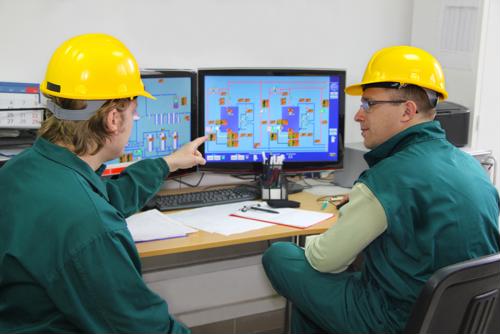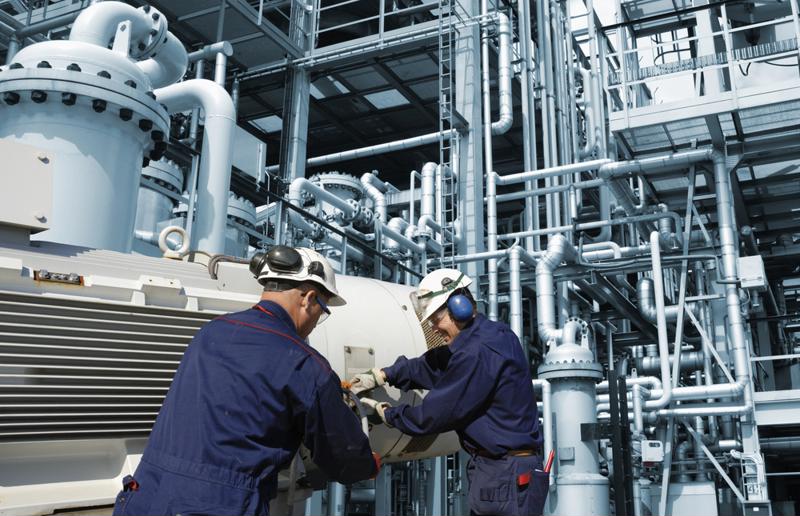
Industrial networking: Ensuring stable connectivity in harsh conditions
By Max BurkhalterJuly 28, 2020
When it comes to networking, companies in the industrial sector must ensure their infrastructure is graded for harsh conditions to prevent costly equipment malfunctions and unplanned downtime. The need for industrial-grade connectivity equipment is shared by manufacturers, energy companies, agricultural firms and research scientists, to name a few. Ultimately, any organization that owns and operates outdoor installations should prioritize robust physical network components, as should businesses that rely on production environments with high ambient temperatures.
As more industries move toward big data, IoT and wireless technologies, the demand for reliable networking equipment has only grown. According to research from Advance Market Analytics, the advent of data analytics and data processing will drive investment in industrial networking over the next five years. However, before companies can effectively expand their connectivity and integrate new data analysis solutions into their IT stacks, they first need to understand how environmental factors will impact their network performance.

3 key industrial networking capabilities
While every environment comes with its own challenges and constraints, most modern industrial applications rely on three core principles to keep operations running smoothly: Remote asset management, predictive maintenance and high-speed data transfer. These considerations are particularly important for equipment located in remote, outdoor areas that experience temperature extremes and harsh weather events. For example, a solar panel array far from residential areas needs to be closely monitored for performance issues and equipment malfunctions. This level of oversight relies on the real-time tracking of environmental conditions, component temperatures and network strength. Of course, when key connectivity tools aren't hardened against natural threats, companies can experience more frequent outages and may need to replace components well short of their expected lifespans.
- Remote asset management: Recent advancements in industrial automation, known broadly as Industry 4.0, have provided companies with a new way to monitor, control and safeguard remote systems. Using artificial intelligence and machine learning, organizations can automatically detect anomalies in environmental conditions and network performance, and make necessary changes without any human intervention, according to McKinsey & Company. These capabilities are particularly important in heavy industries, where real-time data is crucial for keeping production schedules on time and under budget.
- Predictive maintenance: Electronics often have a hard time holding up in harsh, outdoor conditions. If a critical piece of infrastructure should fail at a remote installation, organizations may need to dispatch a repair technician to manually inspect for flaws or damages. By integrating predictive maintenance, companies can anticipate malfunctions and part replacements before they lead to unplanned downtime and data loss. As noted by Deloitte, many "asset-intensive" businesses are actually moving toward total asset performance management, which combines AI, ML, IIoT and sensor technology for more reliable functionality.
- High-speed data transfer: Big data has become the norm in almost every industry, helping organizations reduce costs, improve productivity and maximize profitability. However, as more connected technologies are added to a network, IT leaders must simultaneously refine their data transfer protocols to ensure critical information is both available and accessible. According to research from HMS Networks, industrial Ethernet now accounts for roughly 59% of newly installed nodes, with EtherNet/IP standing as the most widely installed network type. To maximize the reliability and speed of data transfer, industrial companies must prioritize hardened networking equipment that can hold up in the most rugged terrain.
Perle offers industrial-grade networking tools designed to connect to devices in harsh outdoor and indoor environments. Our industrial Ethernet switches are graded for use in extreme temperatures of -40°C to 75°C, and are resistant to vibrations and shock. To learn more, read some of our customers' stories.



